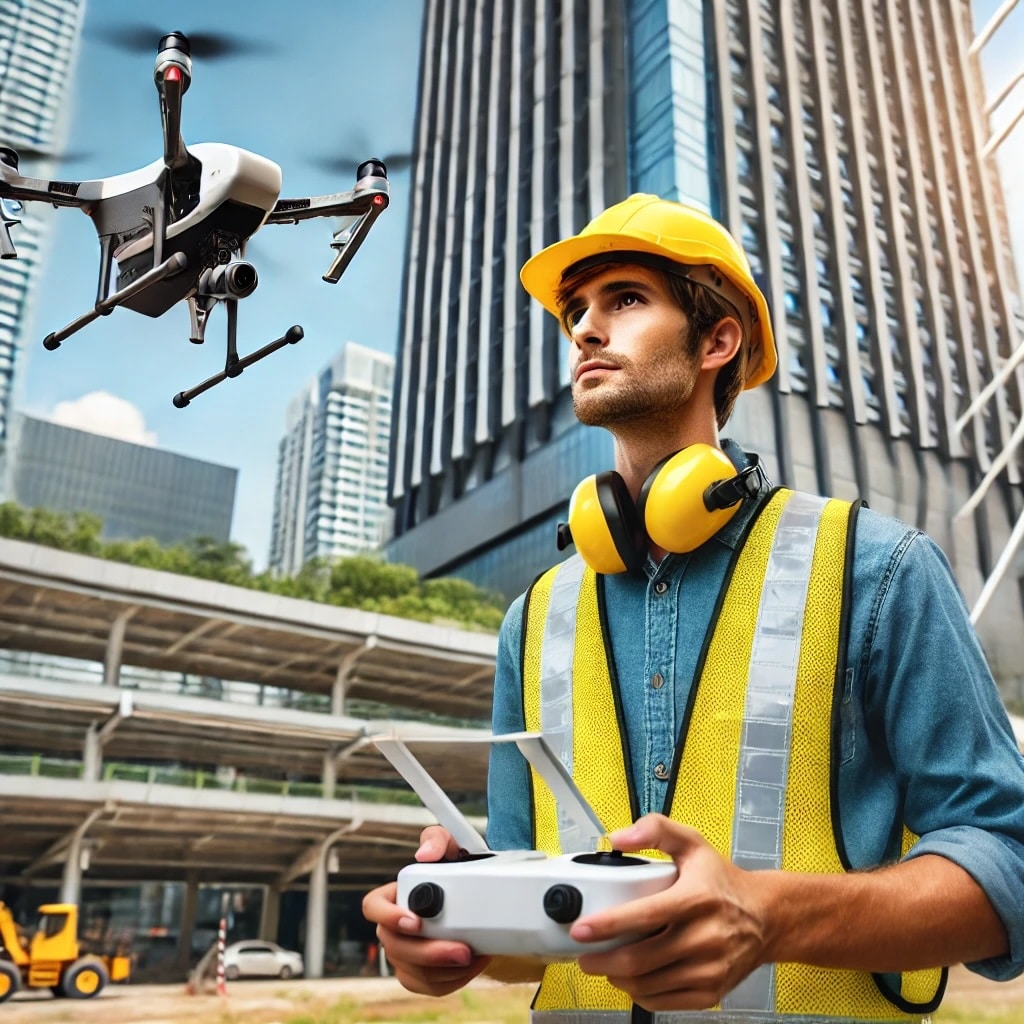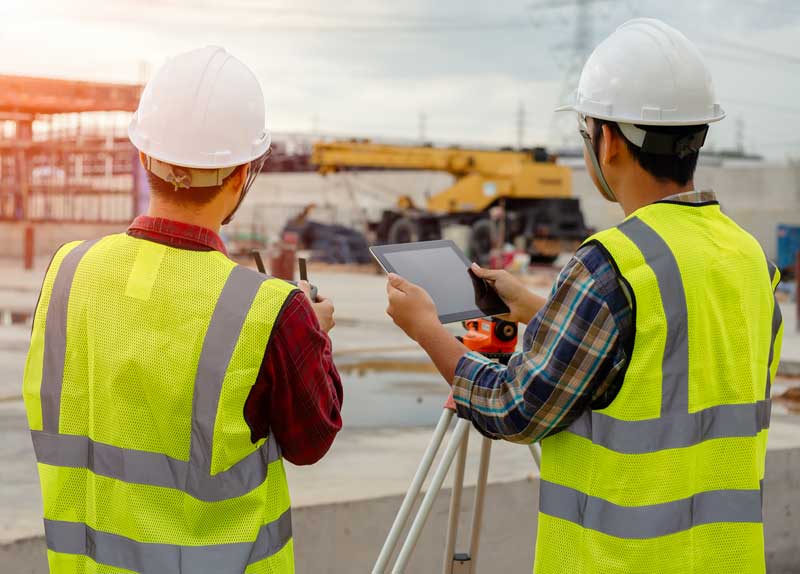
As a commercial drone pilot, I’ve seen firsthand how drones can revolutionize construction projects. From site surveys to progress tracking, drones offer unparalleled efficiency and accuracy. However, integrating drones into your construction workflow isn’t as simple as buying the latest technology. Understanding and adhering to 2024 FAA drone regulations is crucial to avoid legal and safety issues.
Understanding FAA Drone Regulations
The Federal Aviation Administration (FAA) regulates all drone operations in the U.S., and construction companies must navigate these regulations to operate drones legally and safely. Key FAA regulations include restrictions on flying in controlled airspace, maintaining a maximum altitude of 400 feet, and keeping the drone within the operator’s line of sight. These rules are designed to ensure that drones do not interfere with other air traffic and to minimize the risk of accidents.
The FAA also requires that drones used for commercial purposes, such as on construction sites, must be registered, and the operator must hold a Remote Pilot Certificate under Part 107. This certification ensures that the operator understands the airspace regulations, weather patterns, and other critical factors that impact safe drone operation. The FAA’s Aloft Air Control app is a valuable tool for checking local airspace restrictions before any flight.

The Importance of Part 107 Certification
Part 107 certification is more than just a legal requirement; it’s a badge of professionalism and safety. To obtain this certification, operators must pass a knowledge test covering topics like airspace classifications, aviation weather, and emergency procedures. This certification demonstrates that the operator has the necessary knowledge to conduct safe and compliant drone operations.
For construction companies, hiring a Part 107-certified operator means you’re working with someone who understands the complexities of drone flight. It also protects your company from potential legal repercussions, as operating without proper certification can result in fines or other penalties from the FAA. The FAA’s Part 107 Guide offers detailed information on the certification process.

Penalties and Risks of Non-Compliance
Operating a drone without adhering to 2024 FAA drone regulations can result in significant penalties. Fines can reach up to $27,500 for civil violations and $250,000 for criminal violations, not to mention potential jail time. But the risks extend beyond legal penalties. Non-compliant drone operations can lead to accidents, putting your workers and the public at risk. This, in turn, can lead to lawsuits and increased insurance premiums.
Moreover, many insurance providers require proof of FAA compliance before they’ll cover drone operations. Operating outside the law could invalidate your insurance coverage, leaving your company exposed to financial risk in the event of an accident. While there are many commercial drone insurance options to choose from, one I personally use is Droneinsurance.com (now part of Skywatch.ai). I like them for their simple plans (annual, monthly or pay as you go) and their helpful customer service. For more information on drone insurance, check out DroneInsurance.com.
Ongoing Changes in Drone Regulation
The drone regulation landscape is continually evolving as technology advances and drone usage increases. Staying informed about these changes is critical for maintaining compliance. The FAA regularly updates its regulations, and new rules can impact where and how you can operate drones. It’s essential to regularly review FAA updates and participate in continuous education to ensure your operations remain compliant. You can stay updated by visiting the FAA’s UAS Newsroom.
Risk vs. Reward: DIY Drone Operation in a Commercial Setting
It might be tempting to handle drone operations in-house to save on costs, but the risks often outweigh the rewards. While DIY drone operation may appear cost-effective initially, the potential legal liabilities, safety concerns, and insurance complications can lead to significant unforeseen expenses. In contrast, professional drone service providers invest heavily in understanding and adhering to all 2024 drone regulations and safety protocols, minimizing risks to your company.
The Value of Professional Drone Service Providers (DSPs)
As a professional drone service provider, I’ve invested time and resources into obtaining the necessary certifications and staying abreast of regulatory changes. This expertise allows me to navigate the complex regulatory landscape, ensuring that your construction projects benefit from drone technology without the associated risks.
Professional providers bring experience and specialized knowledge that can prevent costly mistakes, making them a valuable partner in integrating drones into your construction workflow.
Conclusion
There is no doubt integrating drones into your construction projects can offer significant benefits, but it requires a deep understanding of the 2024 FAA drone regulations and compliance. The risks of operating without this knowledge are too great to ignore. That’s why I always recommend consulting with an established drone service provider who can help you navigate these complexities, ensuring your operations are safe, legal, and efficient.
For the latest information on drone regulations and how to integrate drones into your construction workflows, consider reaching out to a professional drone service provider. It’s an investment in peace of mind and project success.
From The Editor:
Do you need to hire a professional drone service provider for your project? To speak to an aerial data specialist, fill out a form, email us or for even faster response times, give us a call at (833) FLY-4YOU or (833) 359-4968. Check out our transparent pricing at https://www.aerialdecisions.com/drone-photography-pricing/ and watch this space as we expand on the above topics and more over the coming weeks and months.
If you like this post, feel free to click the share button at the bottom of the page. We appreciate you helping us by spreading the content we share on our blog.
- Drones and Construction – The 2025 Outlook - February 8, 2025
- The Future of Business: Top 7 Commercial Drone Applications Across Key Sectors - January 19, 2025
- From Over-Ordering to Supplier Accountability: How Drones Redefine Stockpile Management - January 12, 2025

